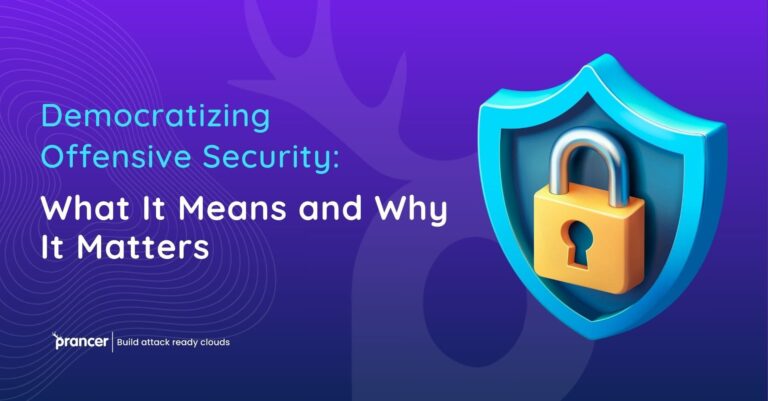

In today’s digital landscape, the threat of phishing cyber attacks is pervasive and constantly evolving. These attacks target users through deceptive tactics, aiming to trick them into revealing sensitive information or downloading malicious content. This article emphasizes the importance of automated security and application security in mitigating phishing cyber attacks. Discover how Prancer’s advanced solutions can fortify your application security and protect against these sophisticated threats.
Phishing Cyber Attacks Explained: Phishing cyber attacks involve cybercriminals attempting to deceive users into disclosing sensitive information, such as login credentials or financial details, through fraudulent emails, websites, or messages. These attacks can result in data breaches, financial loss, and reputational damage. Robust application security measures, including automated security solutions, are essential to counter phishing cyber attacks effectively.
Harnessing the Power of Automation: Automated security solutions provide a proactive defense against phishing attacks. By leveraging intelligent algorithms and real-time threat intelligence, these tools can detect and mitigate phishing attempts in real time. Prancer, a leading provider of automated security solutions, equips businesses with the necessary tools to fortify their application security and protect against phishing attacks.
In addition to the automated security solutions highlighted above, Prancer also provides features such as anti-phishing software integration, browser protection, and real-time threat intelligence feeds to further enhance your application security against phishing cyber attacks. With Prancer’s comprehensive suite of automated security solutions, you can establish a robust defense mechanism and protect your applications and sensitive data from phishing threats.
Safeguard Your Applications with Prancer’s Automated Security Solutions
As phishing cyber attacks continue to evolve and pose a significant threat to application security, it is crucial to implement proactive measures to defend against these sophisticated attacks. By leveraging Prancer’s advanced automated security solutions, you can enhance your application security, detect and block phishing emails, analyze web content for potential threats, and empower your employees with security awareness training. Stay one step ahead of cybercriminals and ensure the protection of your applications with Prancer’s comprehensive suite of automated security solutions.
